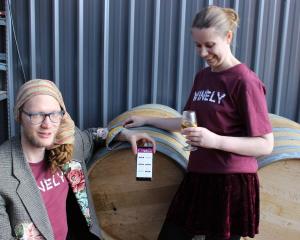Big increases in irrigated land area over the past five years have helped support substantial growth in agricultural production.
Information from the 2012 agricultural production census, released yesterday, showed irrigated land increased by 102,000ha between June 2007 and 2012, from 619,300ha to 721,700ha.
Canterbury had an increase of 59,500ha, Southland was up 9700ha and Otago increased 2800ha.
In the North Island, Manawatu-Wanganui had the biggest increase, with nearly a doubling in area to 21,700ha.
Total dairy numbers also increased significantly, from 5.3 million in 2007 to 6.4 million in 2012.
The additional dairy cows would produce about four times the total amount of milk that New Zealanders consumed each year, Statistics New Zealand agriculture statistics manager Hamish Hill said.
Exports of milk powder, butter and cheese increased by 27% in the same period, Mr Hill said.
Regions with significant shifts in dairy herd numbers between 2007 and 2012 included Canterbury, with an increase of 445,000, Southland with an increase of 238,000 and Otago with an increase of 118,000.
The increase in Canterbury was the biggest annual increase at a regional level for any type of livestock for the past two decades.
New Zealand now has fewer sheep than the United Kingdom's 2011 total sheep numbers. In 2012, New Zealand had 31.3 million sheep, a decrease of 19% or 7.2 million since 2007.
The fall in numbers was more pronounced in the South Island, which had experienced more vigorous growth in dairying. However, sheep numbers had increased by 0.4% (or 130,000) since 2011.
The annual harvested area of wheat and barley increased by 35% (14,300ha) and 28% (14,200ha) respectively, between 2007 and 2012.














